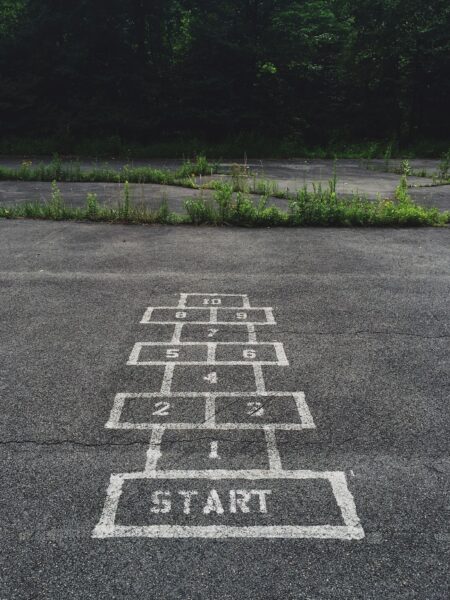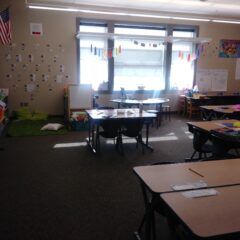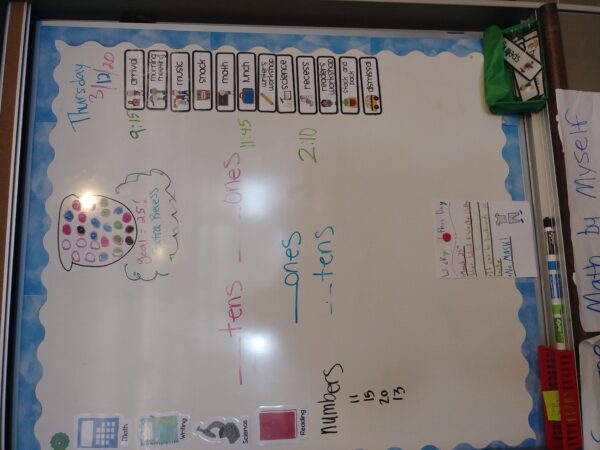In a typical school year, our elementary fall conferences run for three days at the end of October. I sit and talk with parents and students for half an hour at a time.
This year, however, our schools started 100% online, so our district decided to have a “soft start.” The first three days in September became our “conference days.” Teachers called every family to talk them through what to expect for the beginning of school and checking that every family had computers and internet connection.
Meeting parents on those phone calls, I made brief notes about their children. “She has severe social anxiety, especially on Zoom calls.” “He likes doing his work on the computer. Online learning has suited him.” “She has ADD/ADHD, so staying focused is hard for her.” “We have two other children in the online program, and we both work full-time, so he’s going to have to work independently.”
Moving our conference days to the first three days of school meant we lost them in the last week of October. No time set aside even to Zoom with parents!
But that didn’t change the normal reminders running through my head:
Continue reading





